Program
Easement Programs (CREP)
General Sign-Up
The conservation Reserve Program (CRP) offers annual rental payments and cost-share assistance to establish approved cover on eligible cropland. To be eligible for placement in CRP, land must have been planted to an agricultural commodity 2 of the 5 most recent crop years.
Offers for CRP general sign-up contracts are ranked according to the Environmental Benefits Index (EBI). The EBI is used to rank land offered for enrollment in the CRP during a general sign-up. Scores are based on the expected environmental improvement in soil resources, water quality, wildlife habitat and other resource concerns during the time the land is to be enrolled in the program. Each offer submitted by a landowner is assigned a point score based on its relative environmental benefits, and is compared nationally with all other offers. Offers are accepted or rejected based on the resulting ranking.
Enrollment in general CRP occurs during sign-up periods. Sign-up periods may be announced at any time and usually last for a four-week period.
Continuous Sign-up CRP
For certain high-priority conservation practices yielding highly desirable environmental benefits, landowners may sign-up at any time, without waiting for an announced sign-up period. Unlike the general CRP program, sign-up for these special practices is open continuously, provided certain eligibility requirements are met acreage is not automatically accepted into the program at a per-acre rental rate.
The following practices are eligible for continuous CRP sign-up in Carver County:
Filter Strips
Areas of grass, legumes and other non-woody vegetation that filter runoff and waste water by trapping sediment, pesticides, organic matter and other pollutants. Filter strips are planted on cropland at the edge of perennial streams, rivers or adjacent to bodies of water. The width and types of vegetation established in the filter area are determined by site conditions.
Grass Waterways
Channels, either natural or constructed, that are planted with suitable vegetation to protect soil from erosion. Grass waterways help heal gullies and washouts and greatly reduce loss of topsoil and the sedimentation of streams, ponds, and lakes.
Shallow water areas for wildlife
Small areas whose purpose is providing cover and a water source for wildlife. Water is impounded and surrounded by a small area planted with permanent cover.
Shelter belts, Field Windbreaks, and Living Snow Fences
Belts of trees or shrubs are planted in single or multiple rows. Such tree rows and hedges reduce wind erosion, improve air, and provide food and shelter for wildlife. They can also shelter structures and livestock. Field windbreaks prevent wind erosion. Living snow fences provide similar benefits, but are specifically located to manage snow.
Riparian Buffers
Areas of trees and/or shrubs next to ponds, lakes and streams that filter out pollutants from runoff as well as providing food and shelter for wildlife.
Interested?
Landowners interested in either the general CRP sign-up, or the continuous sign-up should contact the USDA Natural Resources Conservation Service (NRCS) or the Farm Service Agency (FSA) office.
McLeod/Carver County Farm Service Agency & Natural Resources Conservation Service
- 1103 Gruenhagen Dr., Glencoe, MN 55336
- (320) 864-5178
